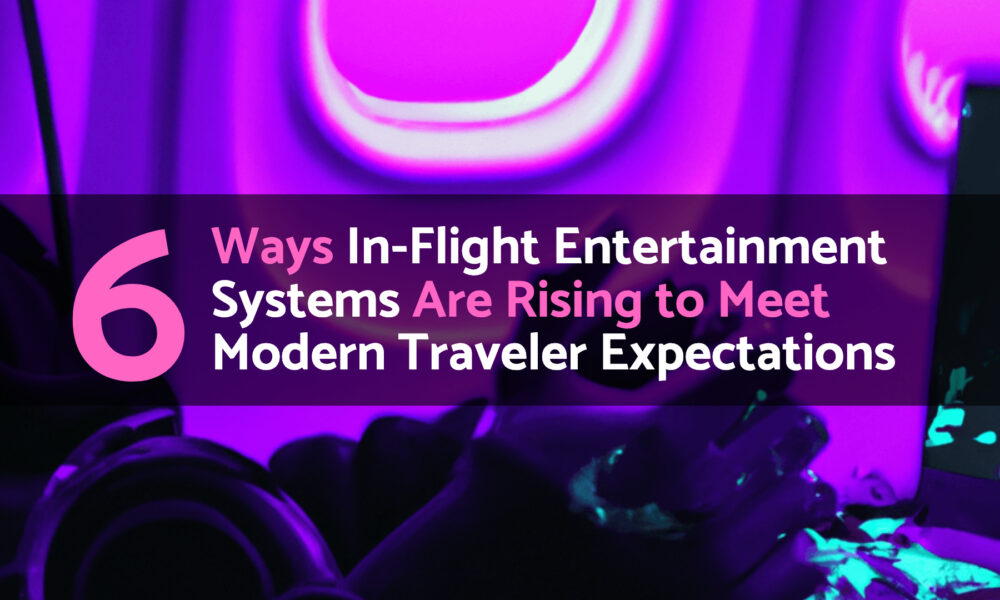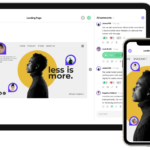A Brief History of In-Flight Entertainment
In-flight entertainment (IFE) has been a significant aspect of air travel since the 1960s. It all began with the innovation of a 16-mm film system on a compact 25-inch reel, which could store an entire movie and be installed on various aircraft types. Trans World Airlines (TWA) was the first US airline to fully adopt this system, advertising it heavily as a unique selling point.
The idea was revolutionary at the time, offering a distraction and a source of entertainment for passengers on long flights. George Sahler, former chairman of the World Airline Entertainment Association and an in-flight entertainment manager at Lufthansa, once highlighted the superior resolution of these television screens compared to the then-current video projection systems. This initial step laid the groundwork for the high-tech, complex IFE systems we know today.
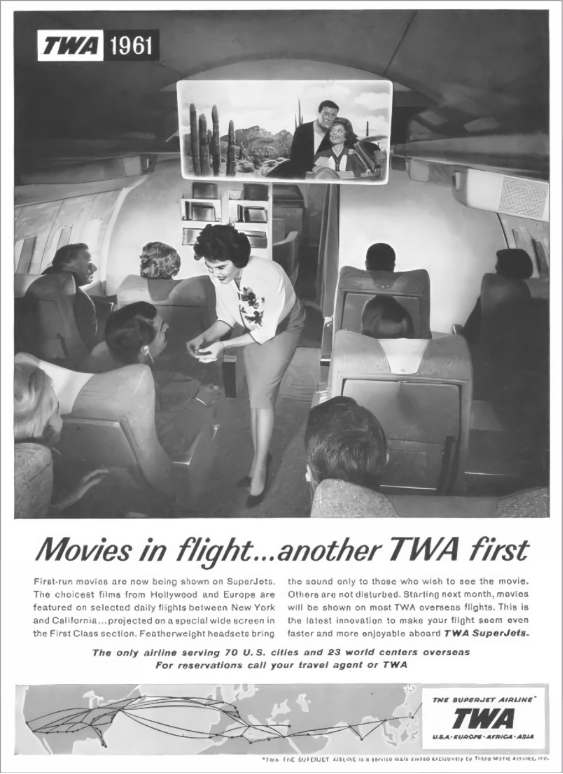
“These TV screens, about one every six or seven rows of seats, provide much better resolution than the current video projection system. The resolution will also be better than that found on the TV sets in most American homes.” – George Sahler, former chairman of the World Airline Entertainment Association and an in-flight entertainment manager at Lufthansa (1986).
In the past, IFE was limited to overhead screens and audio systems, but with technological advancements, it has evolved to include personal screens, streaming services, and even virtual reality experiences. This evolution has allowed airlines to offer a more diverse range of entertainment options and cater to the varying preferences of their passengers.
Why IFE Matters
IFE has become a significant factor in travelers’ choices when selecting an airline. In a survey conducted by TripAdvisor in 2019, 79% of respondents said that in-flight entertainment is essential to their overall in-flight experience, and 41% said they would choose an airline based on its entertainment options. IFE has also been found to affect travelers’ satisfaction and loyalty to an airline. A study by the International Air Transport Association (IATA) found that passengers who use IFE are more likely to be satisfied with their flight and have a higher likelihood of recommending the airline to others.
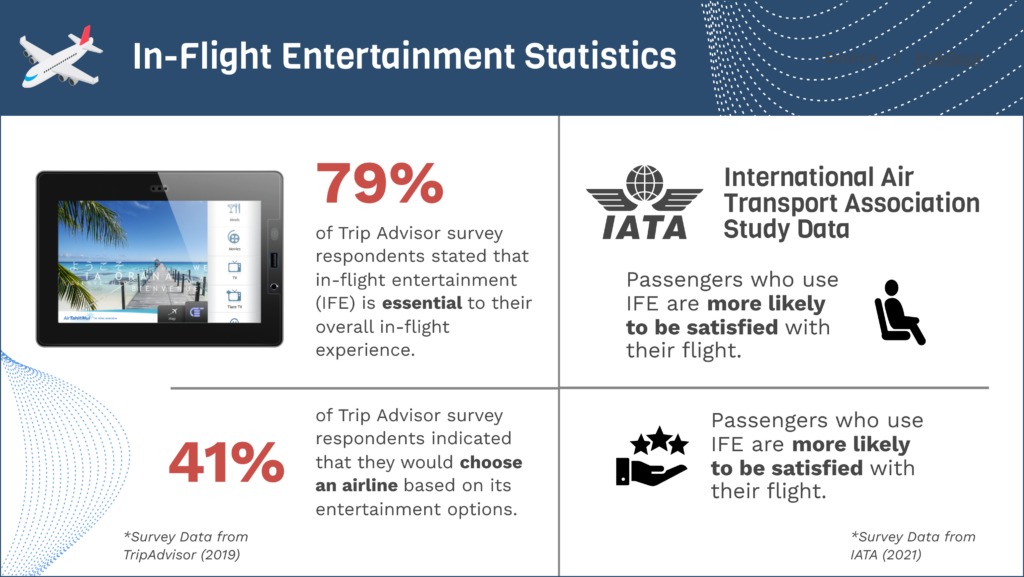
A Legacy of Latency
Despite the progress in IFE systems, the industry faced significant challenges, particularly in keeping up with rapidly evolving digital technologies. Even as social media started gaining popularity in the late 2000s, IFE technologies were lagging behind. The struggle was not only in trying to integrate simple web functionalities like Facebook “Pokes” but also in the overall sluggishness caused by limited connectivity and archaic software capabilities.
At Thales Avionics, for instance, attempts to collaborate with Facebook engineers to deploy basic JavaScript functions on IFE systems were thwarted by technological constraints. These shortcomings highlighted the glaring latency issues and emphasized the need for more advanced IFE systems capable of supporting broader, more interactive digital functionalities.
Modern Technological Advances
The evolution of IFE has also driven advancements in airline technologies. For instance, the introduction of wireless streaming services has allowed airlines to reduce the weight of their aircraft by removing the need for individual screens and wiring. This not only saves fuel costs but also reduces the carbon footprint of the aircraft. Additionally, the integration of virtual reality technology in IFE has opened up new possibilities for immersive entertainment and even virtual tourism experiences.
The past decade has seen tremendous advancements in IFE technologies aimed at meeting modern travelers’ expectations. Here are six ways in which IFE systems have, and will continue to evolve:
1. High-Speed Connectivity
Perhaps the most significant transformation in IFE is the integration of in-flight connectivity (IFC). Modern airplanes are now equipped with high-speed internet made possible by high-throughput satellites operating in the Ku and Ka bands. This advancement allows passengers to remain connected, stream content, and browse the internet throughout the flight. The concept of “airplane mode” has now become virtually obsolete.
Fewer passengers are willing to compromise on internet speed and quality while flying. In fact, 84% of travelers desire an in-flight experience equivalent to their home or office connection. Airlines disregarding these expectations do so at their own peril. According to a Honeywell survey, 68% of travelers select flights based on Wi-Fi availability, and 90% deem a reliable, fast connection essential throughout their flight, regardless of destination.
For instance, Cathay Pacific is transitioning to Panasonic Avionics’ next-generation extreme high throughput satellite (XTS) in-flight connectivity service, deployed in the Asia Pacific region. This service promises to enhance passengers’ internet speed and reliability, making it possible to work online, engage in social media, or stream their favorite shows seamlessly during flights.
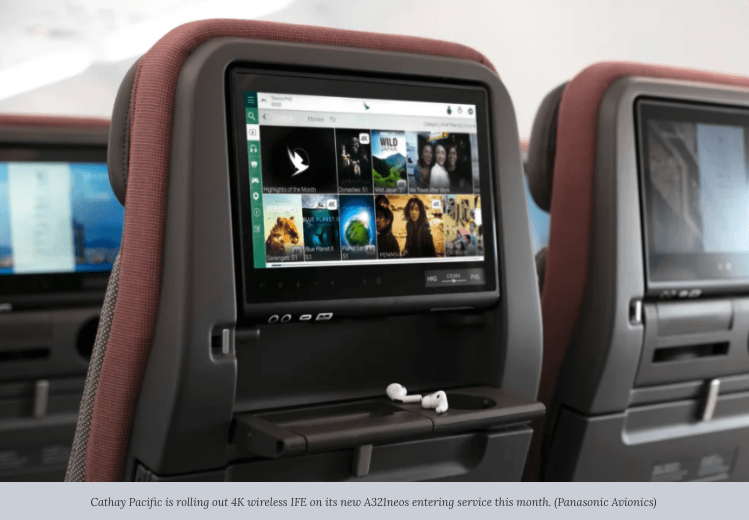
2. Personalized Entertainment
Research indicates that 86% of travelers are prepared to pay more for services that significantly enhance their journey. Consequently, businesses slow to adapt to these expectations risk losing customers. Providing an exceptional customer experience has become a critical brand differentiator, with passengers viewing premium pricing as less of a deterrent.
Personalized flight experiences can be a leading competitive advantage for progressive-thinking airline carriers. This, because people in the air prefer much of the same things people on the ground do.
- 70% of consumers say a company’s understanding of their personal needs influences their loyalty.
- Consumers are 40% more likely to view items recommended based on information they have shared with a brand.
- 83% of consumers say they’d share their data to create a more a personalized experience.
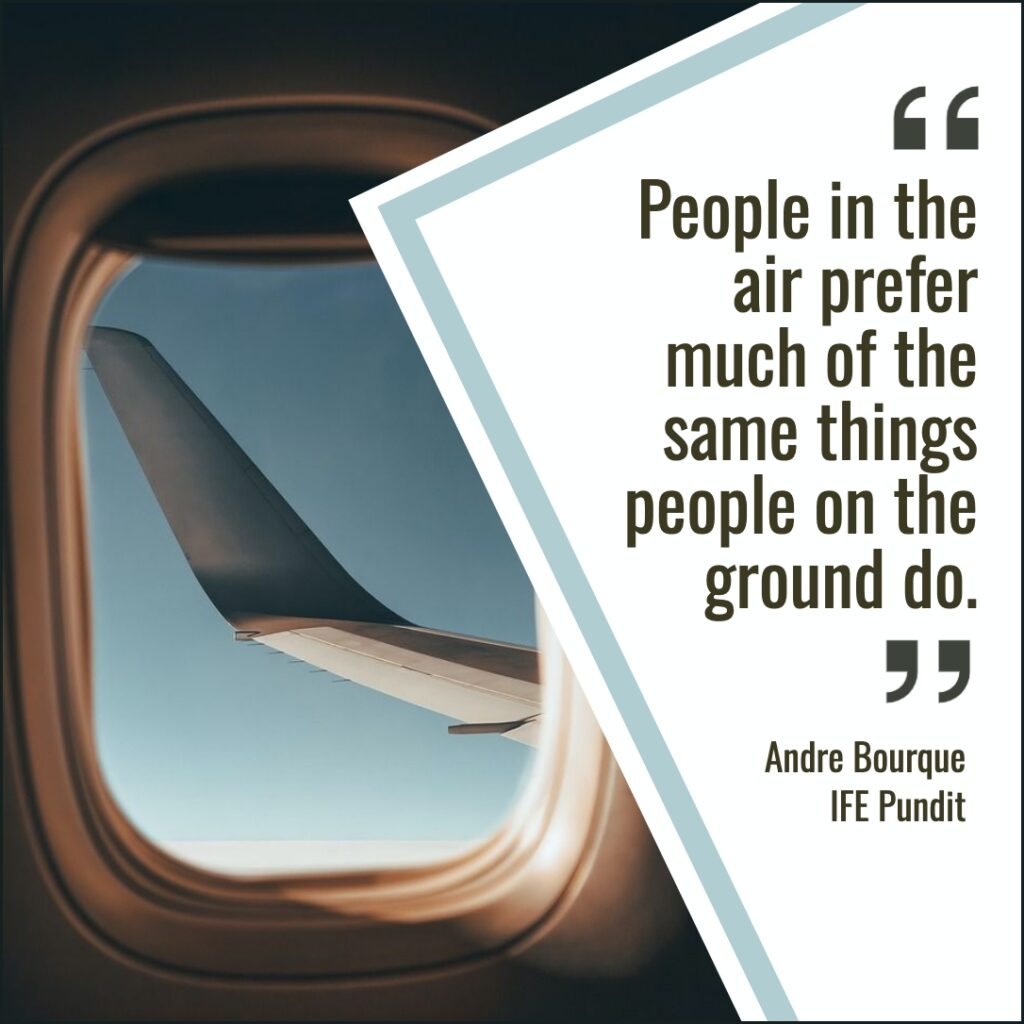
According to AIRLIVE, personalization significantly enhances the overall in-flight experience. This could include personalized movie recommendations, games tailored to individual tastes, and even virtual reality experiences. By moving beyond a one-size-fits-all entertainment approach, airlines can cater to diverse passenger interests, thus improving customer satisfaction and loyalty.
3. 4K Ultra-High Definition Screens
Innovations in display technology have brought 4K ultra-high-definition screens into the cabins of some modern aircraft. Panasonic Avionics, in collaboration once again with Cathay Pacific, launched the world’s first full cabin 4K IFE system on their A321neo fleet. This system offers passengers an unparalleled viewing experience with large, high-resolution screens in all cabin classes.
Moreover, these modern IFE systems include Bluetooth audio streaming capabilities, enabling passengers to use their personal wireless headphones. This leap forward not only enhances audio-visual quality but also improves user convenience and satisfaction.
4. Edge-Caching and Cloud-Based Content Delivery
Advances in content delivery infrastructures, such as edge-caching and cloud-based pipelines, have revolutionized the IFE sector. These technologies ensure faster, more reliable access to extensive libraries of movies, TV shows, and other digital content.
For instance, PXCom Onboard Digital Services utilizes edge-caching to optimize streaming on flights, reducing latency and ensuring fresh content availability even on flights with limited connectivity. Leveraging cloud technologies allows airlines to continuously update their entertainment offerings, keeping passengers engaged with the latest in digital content.
5. Mobile Device Integration
The growing trend of allowing passengers to use their mobile devices for in-flight entertainment is another critical advancement. Airlines are developing apps that enable passengers to stream IFE content directly to their smartphones or tablets. This strategy not only provides greater flexibility to passengers but also helps airlines reduce the costs associated with maintaining seatback screens.
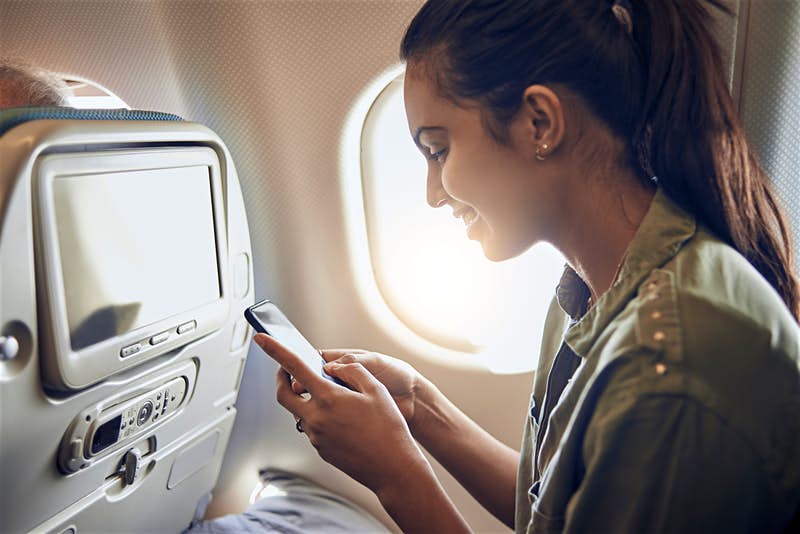
Inside Frequency Control mentions that this approach benefits passengers who prefer their devices for entertainment, ensuring consistency and familiarity in how they access and consume media. Ultimately, the evolution of in-flight entertainment points towards a future where a hybrid experience prevails, seamlessly integrating personal devices with traditional seat-back systems. This versatile approach guarantees a satisfying experience for all passengers, catering to individual preferences while providing access to a diverse and engaging array of entertainment options throughout their journey.
6. Enhanced User Interfaces
The evolution of user interfaces in in-flight entertainment (IFE) systems has marked a significant advancement, drastically improving the navigation and selection of content for passengers. The older interfaces, often cumbersome and unintuitive, have been replaced by sleek, modern designs that prioritize ease of use. This transformation has been driven by technological advancements and a better understanding of user behavior, leading to enhanced passenger satisfaction. Today’s IFE systems boast sophisticated, yet straightforward interfaces that enable users to effortlessly browse through vast libraries of movies, TV shows, music, and games, thereby enriching their in-flight experience.
Modern IFE systems are meticulously designed to be intuitive and user-friendly, catering to the diverse technological skills of passengers. Whether passengers are tech-savvy frequent flyers or casual travelers less familiar with digital interfaces, the systems provide a user experience that feels natural and easy to navigate. These systems incorporate features such as touchscreens, voice controls, and high-resolution displays, which are becoming industry standards. By integrating user-friendly elements, airlines ensure that passengers can quickly find and enjoy their favorite content without frustration, significantly enhancing the overall comfort and enjoyment of the flight.

